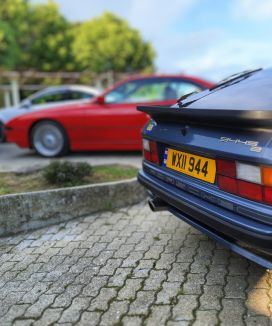Are JDM Cars Better? A Comprehensive Investigation
Table of Contents
Table of Contents
Are JDM cars better? This is a question that has been asked by car enthusiasts for many years.
There are those who believe that Japanese Domestic Market (JDM) cars are inherently better than foreign-market export cars, and those who think that domestically produced cars are the best option.
In this comprehensive article, we will investigate all sides of this debate and come to a conclusion about which type of car is the best overall.
But first, our view. Are JDM cars better?
While JDM cars have a strong reputation, they’re not always better than their foreign-export market counterparts or domestically produced rivals. They are, however, better for drivers who prioritize performance, style, and uniqueness, and appreciate Japanese car culture.
Whether you believe a JDM car is better often comes down to personal taste, but let’s take a closer look at both sides of the argument to get a better understanding of which cars are truly the best.
What are JDM cars and what makes them different from foreign-market export cars?
Japanese Domestic Market (JDM) cars are automobiles manufactured for sale in Japan, as opposed to cars that automakers manufacture and export for sale in other countries.
They can also be compared to cars that are produced domestically by rival automakers, for example Chevrolet or Ford in the USA, and BMW or Audi in Germany.
JDM cars sometimes have different specifications from their foreign-market export counterparts, including different engine, transmission, and suspension setups.
They can also come with unique styling and features that are not available on foreign-market cars. They may also be subject to different safety and environmental regulations.
As a result, JDM cars are highly sought after by car enthusiasts around the world. Many JDM carmakers also have a strong following in the international racing scene, thanks to their world-class engineering and performance.
How do the specs of JDM cars compare?
Many popular JDM cars are built with high-performance driving in mind. This means that they often have higher compression ratio engines and will produce slightly more power than their foreign-export counterparts.
They’re also known to have better handling when compared to many US-produced rivals.
In addition, JDM cars often come with unique features that are designed to improve the look of the vehicle, which is possible because they go through different safety tests to foreign-export vehicles.
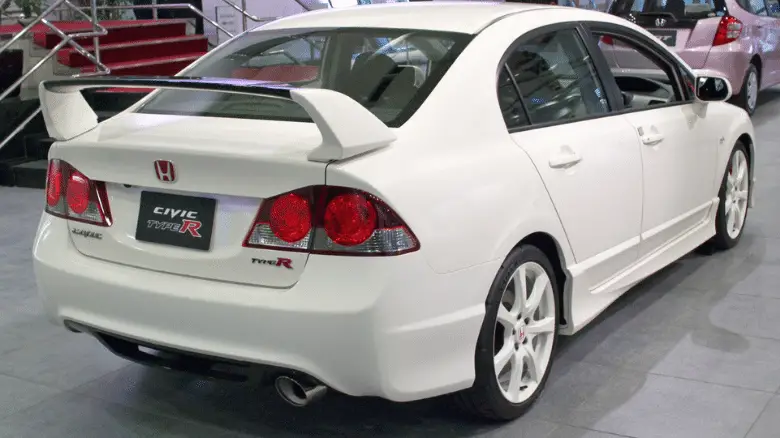
They may be difficult to spot to the untrained eye, but there are often subtle differences in the headlights, bodywork, and badging.
Perhaps one of the biggest differences, however, is which side the steering wheel is on. In Japan they drive on the left side of the road, so the steering wheel of a JDM car is always on the right-hand side.
This is the easiest way to spot a JDM car if you live in a country that drives on the right-hand side of the road.
What are the pros of owning a JDM car?
For many car enthusiasts, nothing quite compares to a JDM car. These cars are known for their quality engineering and sleek designs.
And because they’re not as common as other types of cars, owning a JDM car can also be a great conversation starter.
So let’s look at the main advantages of owning a JDM car.
Performance
Although not all JDM cars are sports cars, there’s one main reason that they’ve become popular in recent times: many do offer incredible performance.
JDM cars are often lighter and more agile than other vehicle models, making them ideal for racing and other high-speed activities such as drifting.
Thanks to their lightweight construction and powerful engines, JDM cars can offer amazing acceleration, handling, and braking. Performance aspects of some JDM cars are toned down slightly for export markets.
Style
For many car enthusiasts, the appeal of a JDM car lies in its style.
Japanese car culture is well-known for its focus on style and innovation. This is evident in the wide range of car styles that have emerged from Japan over the years, from the sleek lines of a Honda S2000 to the aggressive style of a Subaru WRX STI.
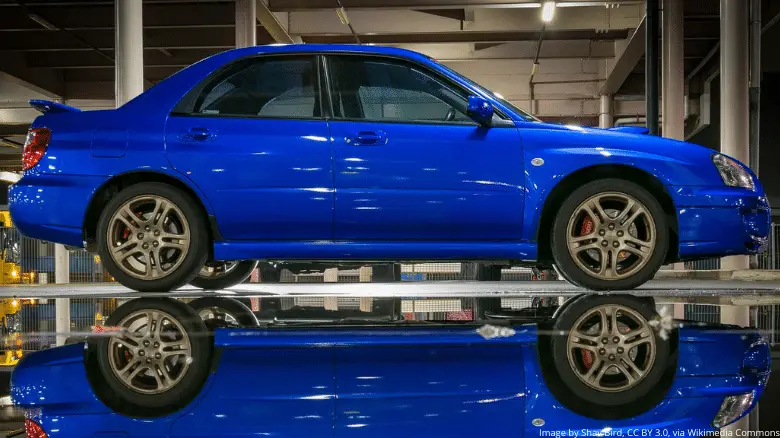
JDM cars are also often lauded for their attention to detail, with many featuring unique design elements that set them apart from their mass-exported counterparts.
If you’re looking for something that really stands out from the crowd, a JDM car is the way to go. These cars are known for their exclusive style, and JDM cars always turn heads.
Rarity
If you’re a car enthusiast, then you know that JDM cars are some of the most prized vehicles in the world. And for good reason: the time, expense, and hassle it takes to export them from Japan and get them registered on the road in another country often puts people off, making them a rare prospect outside of Japan.
Their rarity means that you’re likely to stand out against all the other cars on the road. There are even some Japanese models that were never officially exported to any foreign markets, making them even more difficult to find outside of Japan
For some collectors, this scarcity is one of the most appealing aspects of JDM ownership.
In addition to being difficult to find, the rarest JDM cars often fetch high prices on the used market due to their rarity.
Quality and condition
If you’re in the market for a JDM model, you’ll be pleased to hear that JDM cars are often in good condition.
This is because Japanese drivers are known for taking good care of their vehicles, and they have to pass strict roadworthiness tests each year in Japan.
They also need to undergo a rigorous inspection process upon reaching the shores of their new country, which means you’re less likely to find a freshly imported JDM car in poor condition, in comparison to one that’s been on the roads in your home country for many years.
However, it’s important to remember that JDM cars are still used vehicles, so you’ll need to carry out your own due diligence before making a purchase.
Tuning and customization
For car enthusiasts who like to tune and customize their vehicles, JDM cars are the ideal option. Thanks to their well-engineered design and focus on modularity, JDM cars are easy to upgrade.
If you’re not a fan of the stock appearance, there are plenty of ways to change it up. You can add a body kit, change the wheels, or upgrade the engine to create a completely unique ride.
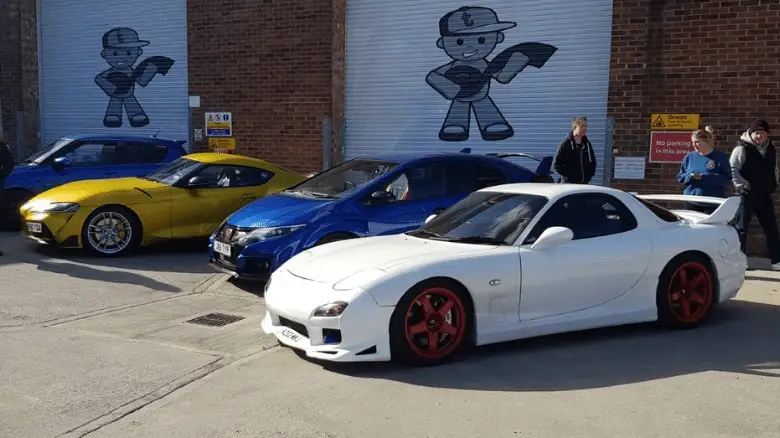
In fact, one of the biggest selling points of JDM cars is that they can be easily modified to suit the owner’s taste. And with a JDM car culture that’s obsessed with tuning, it’s easy to create a unique vehicle that reflects your personal style.
Whether you’re looking for increased performance or simply want a one-of-a-kind ride, JDM cars offer endless possibilities.
Value for money
While many people are drawn to the unparalleled style and performance of these vehicles, one of the main reasons for their popularity is the value for money they can offer.
Regular JDM cars (i.e. non sports cars) are typically much cheaper than their exported counterparts or domestically produced rivals, making them a great option for budget-minded buyers.
Some buyers are put off by the nature of imported vehicles and the challenges they can bring, meaning there are bargains out there ready to be snapped up.
In addition, JDM cars often come with a wide range of standard features that would be considered optional extras in other markets.
As a result, buyers can get a high-quality vehicle at a fraction of the price they would pay elsewhere.
For these reasons, JDM cars offer an appealing option for those looking for good value for money.
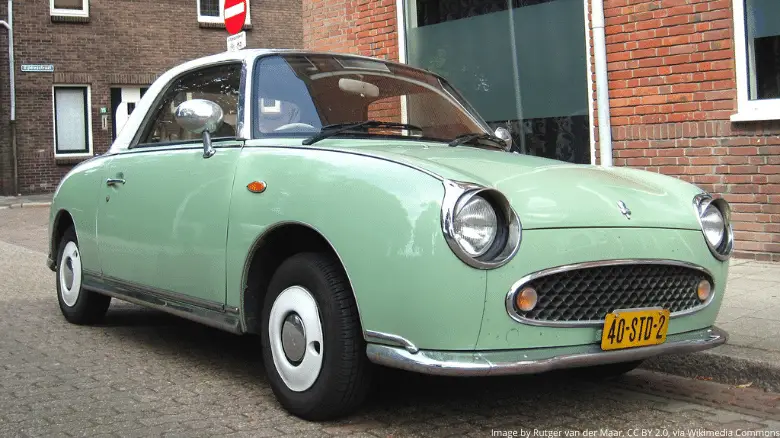
Driving experience
Japan has a well-earned reputation for producing high-quality vehicles, and JDM cars are often lauded for their impressive performance and stylish design.
But what really sets JDM cars apart is the driving experience they offer. Thanks to their advanced engineering, JDM cars are able to provide drivers with a truly unique and exhilarating ride.
Whether you’re hurtling down winding mountain roads or zipping through city traffic, driving a JDM car is an unforgettable experience.
And for those who really want to get the most out of their vehicle, there are plenty of opportunities to further customize and improve the driving experience.
Again, not all JDM cars are sports cars, but those that are offer drivers an incredible amount of fun behind the wheel.
What are the cons of owning a JDM car?
While there are many benefits to owning a Japanese domestic market (JDM) car, there are also some drawbacks.
Let’s look at the main disadvantages of owning a JDM car.
Language difficulties
One potential downside is the language barrier. JDM cars are produced for the Japanese market, and as such, they often have features that are designed for a Japanese audience.
This can include menu screens and controls that are displayed in Japanese. While some drivers may be able to figure out these features by trial and error, others may find them frustratingly difficult to use.
In addition, JDM cars often come with owner’s manuals and other documentation that is written in Japanese. This can make it challenging to understand how to properly care for and maintain your car.
If you’re considering purchasing a JDM car, be sure to factor in the language barrier and whether you’ll be able to overcome it.
Spare parts and maintenance
If you’re thinking about buying a JDM car, there’s one important thing to keep in mind: finding spare parts can be a real challenge.
Unlike other cars on the market, JDM cars often use unique components that are not widely available anywhere other than Japan.
As a result, if something goes wrong, it can be very difficult (and expensive) to find the parts you need.
In some cases, you may even have to import parts from Japan, which can take weeks or even months.
You also need to consider whether your local mechanic will be able to (or want to) work on your car. Many JDM cars are not built to meet the same specification as exported cars, meaning that mechanics may not have the relevant experience needed to easily work on them.
So if you’re looking for a car that’s easy to maintain, a JDM car is probably not the best option.
Safety and emissions
One of the biggest concerns of owning a JDM car is safety. Imported JDM cars were never built to meet the exacting standards of the US market (or any other global market), which means they may not be as safe as their domestic market counterparts.
In addition, JDM cars may not meet emissions standards, meaning that they could pollute the air more than US-sold cars. These environmental concerns are especially important to consider if you live in an area with poor air quality.
While JDM cars can be fun to drive, their lack of safety features and higher emissions mean that they may not be the best choice for everyone.
Import laws
Depending on the country you reside in, importing the JDM car you want may not be possible or legal. This is because some countries have very strict import laws in place that limit what types of cars can be brought into the country.
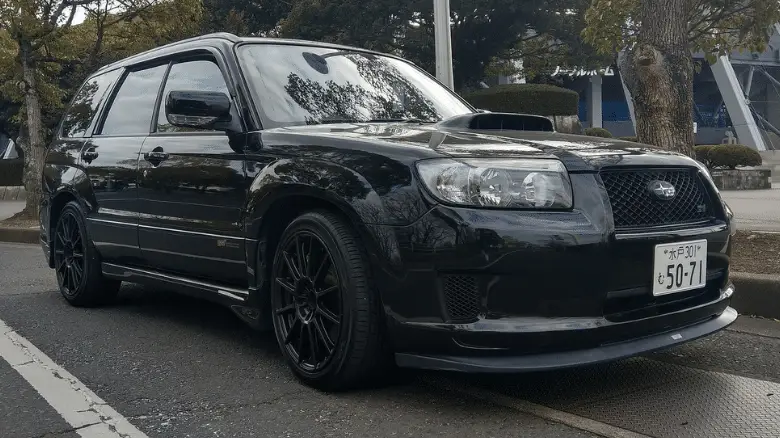
For example, in order to bring a JDM car into the United States, owners must comply with a complex set of regulations. In the US, it’s illegal to import a car until it is at least 25 years old, which is an awfully long time to wait.
In addition, even if you are able to import a JDM car, you will have to pay hefty import taxes, which can increase the overall cost of the car.
As a result, it is important to do your research and make sure that you are aware of all potential import laws before making a purchase. Otherwise, you may end up with a car that you can’t legally drive or that costs far more than you expected.
Conclusion: are JDM cars better?
It’s important to remember that JDM cars are not always better than their foreign-market export counterparts or domestically produced rivals, but they are unique.
JDM cars have a lot to offer drivers in terms of performance, style, and exclusivity. However, they can be difficult to acquire outside of Japan and can be challenging and expensive to import.
Ultimately, whether or not a JDM car is the right choice for you will largely depend on your driving needs.
If you’re looking for the best possible performance and are willing to accept the challenges that come with owning a JDM car, then it’s definitely worth considering one. There are plenty of JDM cars that can be bought for very affordable price.
However, if you need a car that’s readily available and is easy to maintain then you might be better off sticking with an export model.
So while not all JDM cars are better than regular models, there are some exceptions that offer incredible performance and an unrivalled driving experience.
ABOUT THE AUTHOR
Adam Chinn writes about the intersecting worlds of classic cars, driving pleasure, and smart investment strategies. Starting his journey at 26, he’s proven that one doesn’t need to be wealthy to begin investing in classic cars.
Adam’s insights have been recognized on platforms such as MoneyInc, Swagger Magazine, and Top Speed.

